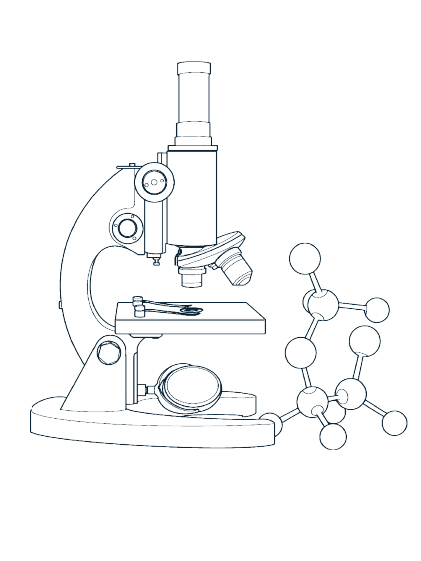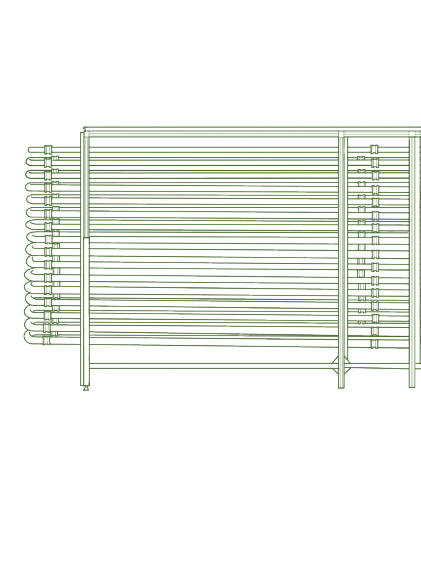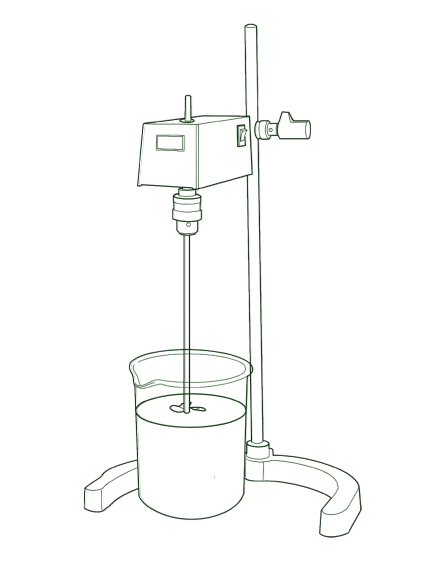Strain Optimization Inspired by Nature
We use high-throughput screening to accelerate natural strain evolution and fine-tune metabolic pathways to improve growth and productivity.
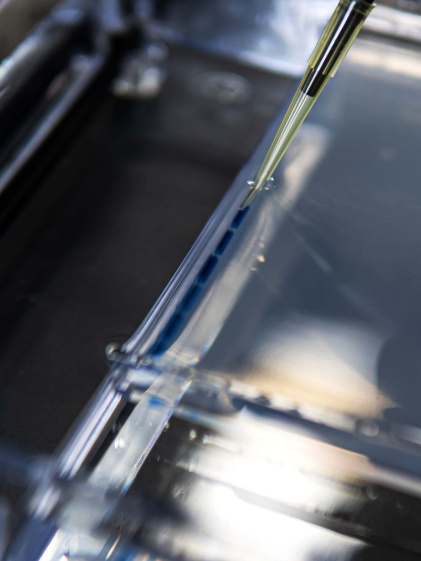
Directed evolution for microorganisms
We isolate microorganisms from natural environments that meet our requirements and subsequently apply directed evolution techniques to impose selective pressures, thereby optimizing strains for maximum yield and efficient waste degradation.
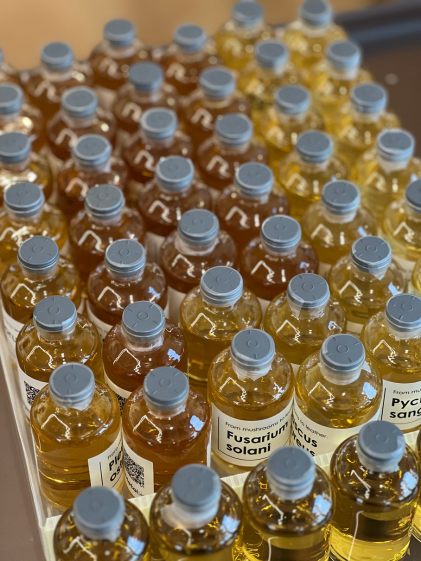
Precise fermentation for mass production
Our precise fermentation system cultures engineered microorganisms to produce bio-based raw materials. In a nearly 100-ton fermentation setup, we implement real-time monitoring and precise control of parameters such as temperature, pH, and dissolved oxygen to ensure optimal biomaterial synthesis.
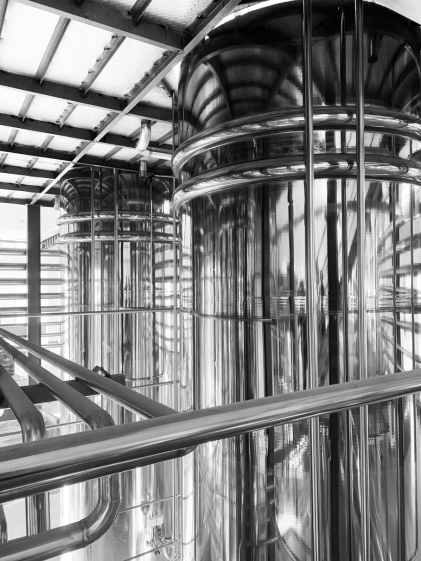
Algae carbon-negative technology
We utilize microalgae systems to treat fermented wastewater. Microalgae absorb small organic molecules from the wastewater, converting them into nutrients while capturing atmospheric CO2 during photosynthesis. The post-fermentation nutrient-rich biomass is then formulated into liquid fertilizer for agricultural application.
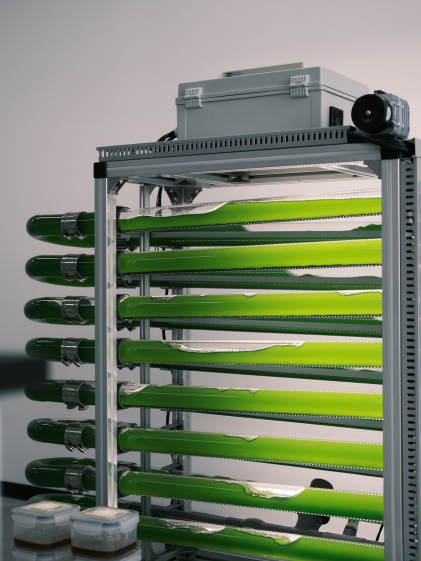
Material characteristic modification technology
Tailoring bio-materials to downstream applications. we modity their physical properties-such as softness, skin compatibility. and elasticity-through advanced processing techniques.
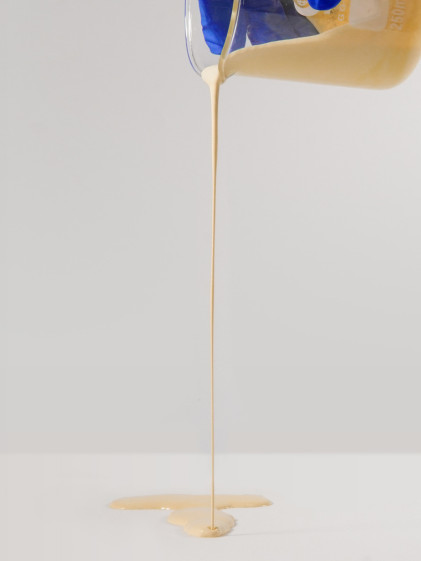
Precision coating processing
Bio-based leather can be constructed from five distinct layers of material, each featuring its own unique formulation. During processing, we employ patented coating techniques to precisely control the thickness of each layer, thereby enabling bio-based leather to achieve tailored surface texture, physical properties, and tactile experience across different application scenarios.

